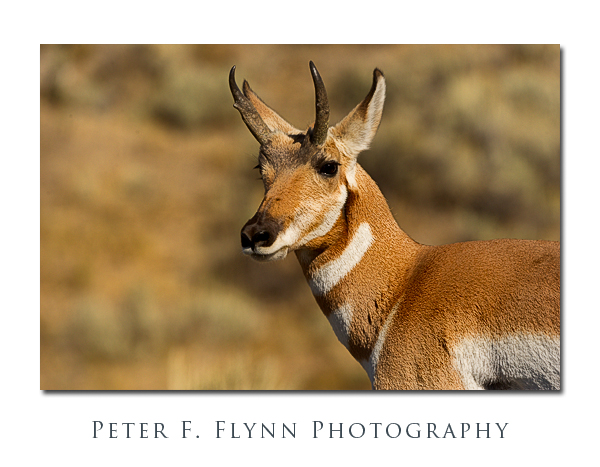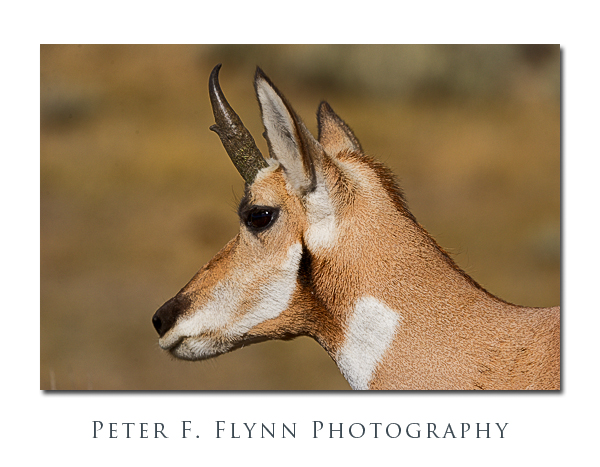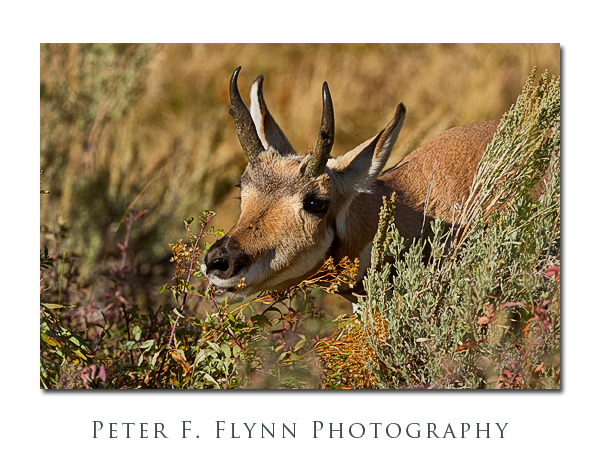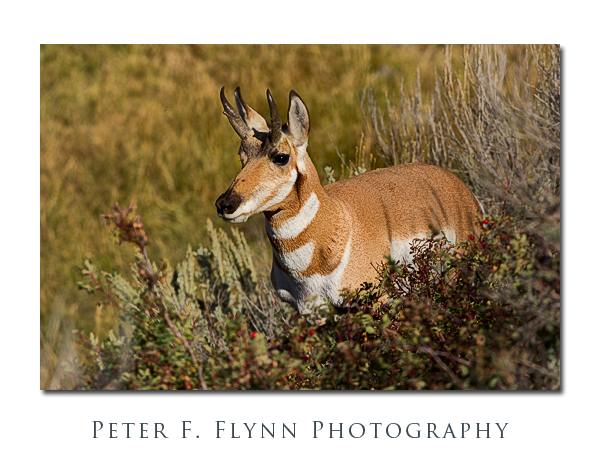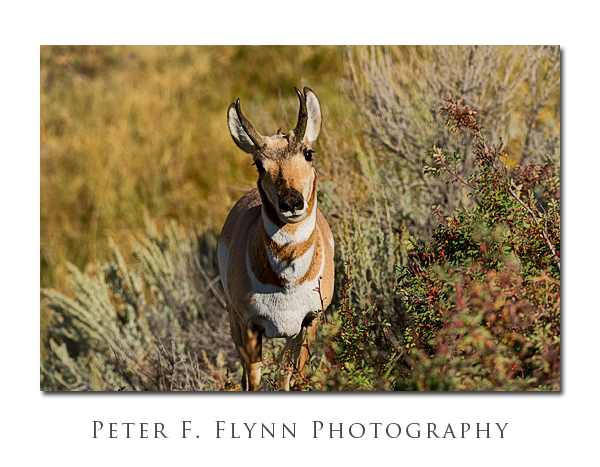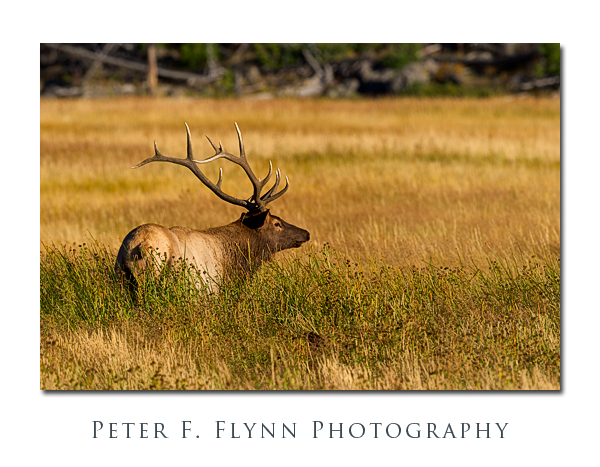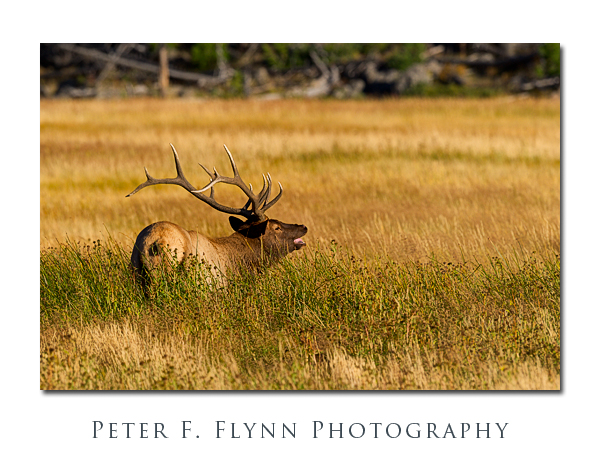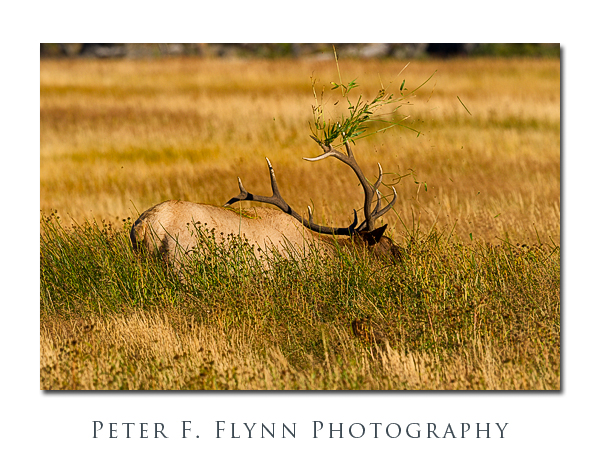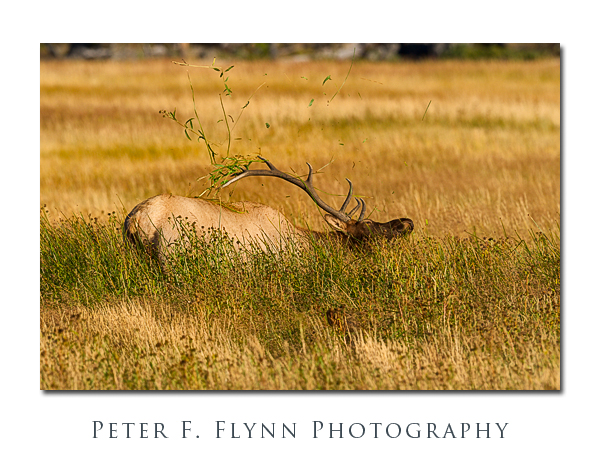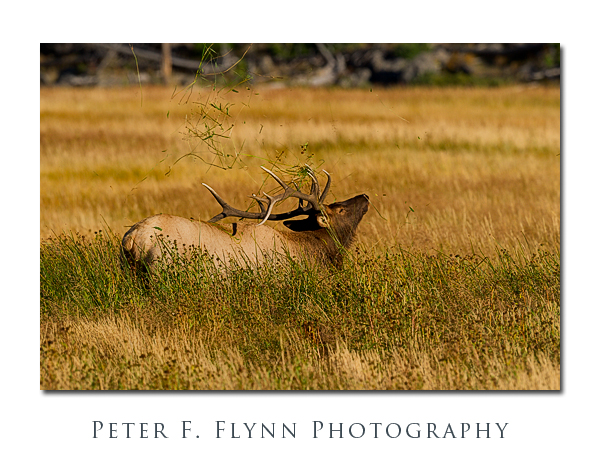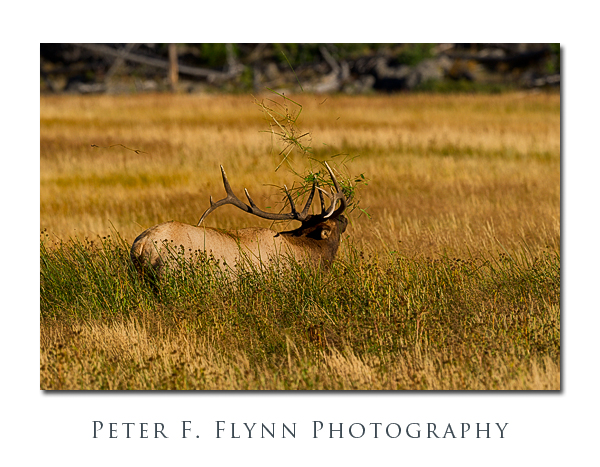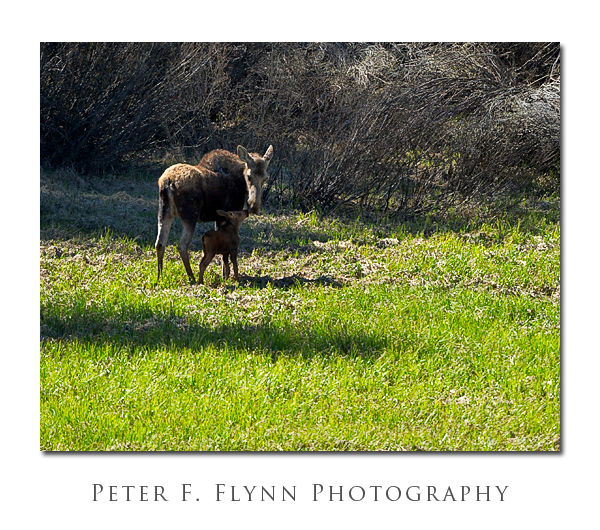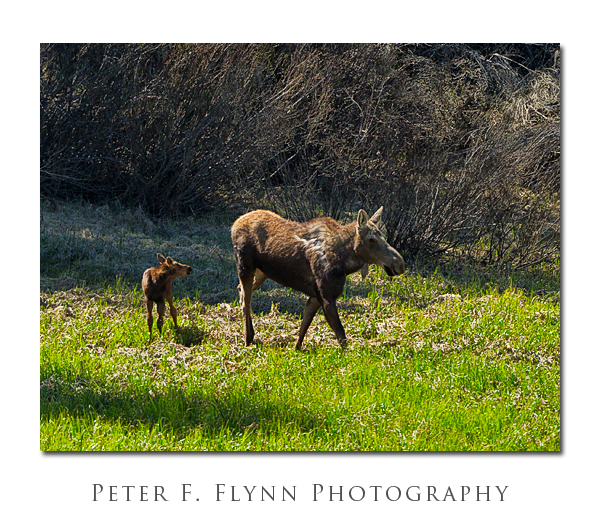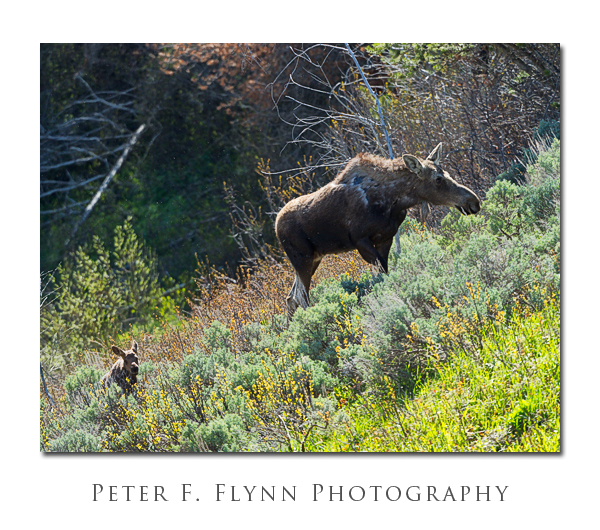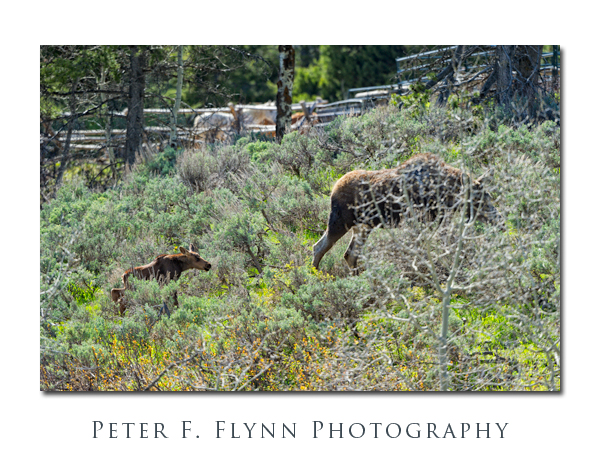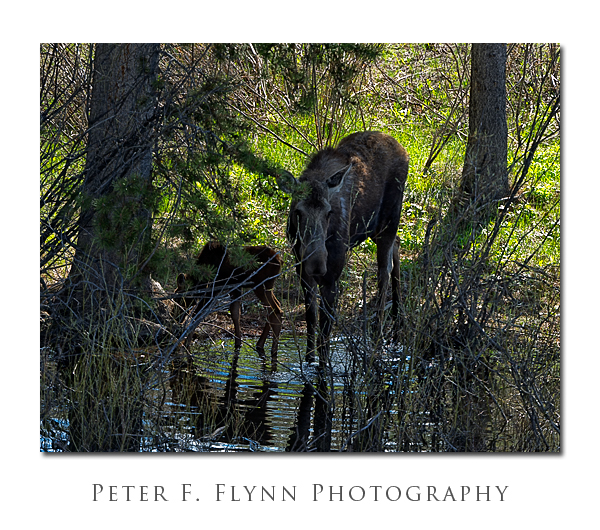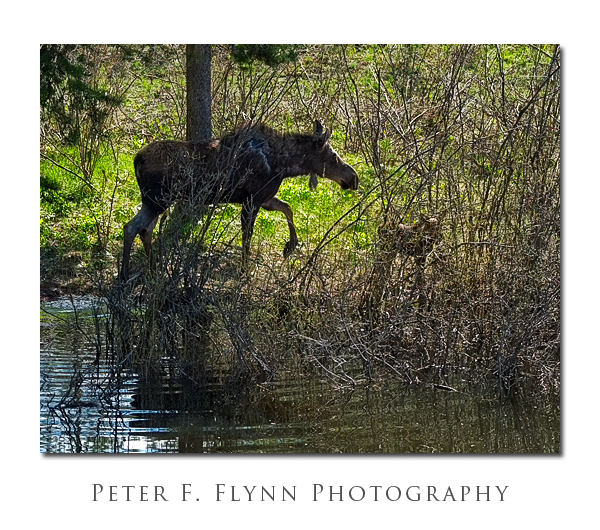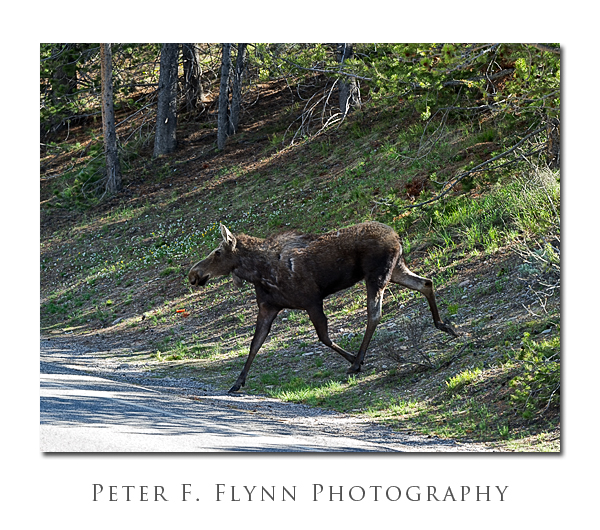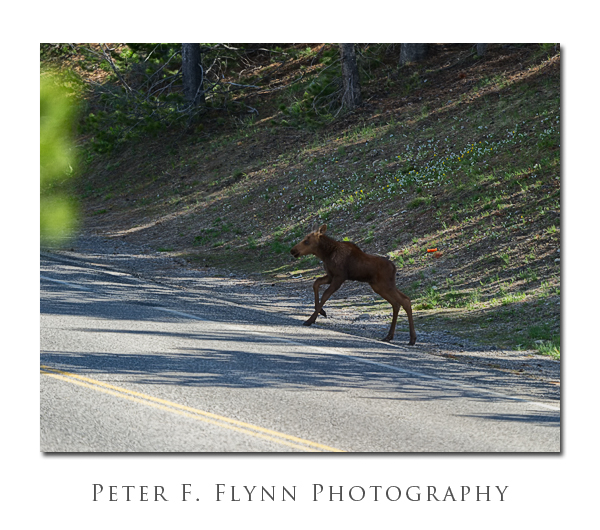The area along the Northeast Entrance Road in the YNP between the Yellowstone River (west) and Lamar River (east) is one of the most lovely parts of the park. There are a gathering of small ponds amidst a most curious boulder field south of the road that provides a strange and wonderful bit of scenery. The imposing bulk of Specimen Ridge dominates the southern view.
Here too, we often find animals, both north of the road to Slough Creek, and south of the road up to Specimen Ridge. We’ve seen specimens of just about every large animal that inhabit the park here: Bison, Black Bear, Griz, Pronghorn, even Wolves. On a recent drive through we found this young Pronghorn buck all alone working a beautiful little section of Chokecherry browse. This is a young buck, probably less than three years old.
A bit of a mystery here… Chokecherry is toxic to ruminants, and yet it was clear that the Pronghorn was eating the new growth from these plants (in addition to grass and other vegetation). There is of course the possibility that these plants have been misidentified.
An elder gent observed that ‘Too bad it’s not a trophy buck.’ True, but you rarely get this close – in the rut, I wouldn’t advise even an attempt to get this close to a mature buck.
Images in this entry were recorded at around 17:30 MDT on September 21, 2011, using the Nikon D3s, and the AF-S NIKKOR 200-400mm f/4G ED VR II lens at between 300mm and 400mm. Exposure was f/8.0 and 1/1250 to 1/1600, ISO 800. Exposures were made at +0.3 EV and normalized using ACR 6.5. Capture sharpening was applied using Photokit Capture Sharpener 2. Images were processed using Nik Viveza 2 and Color Efex Pro 3.
Copyright 2011 Peter F. Flynn. No usage permitted without prior written consent. All rights reserved.
